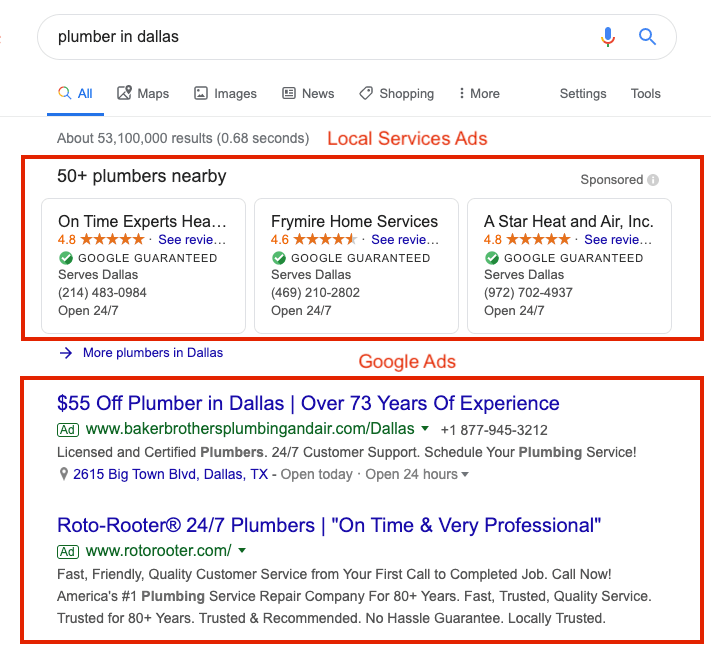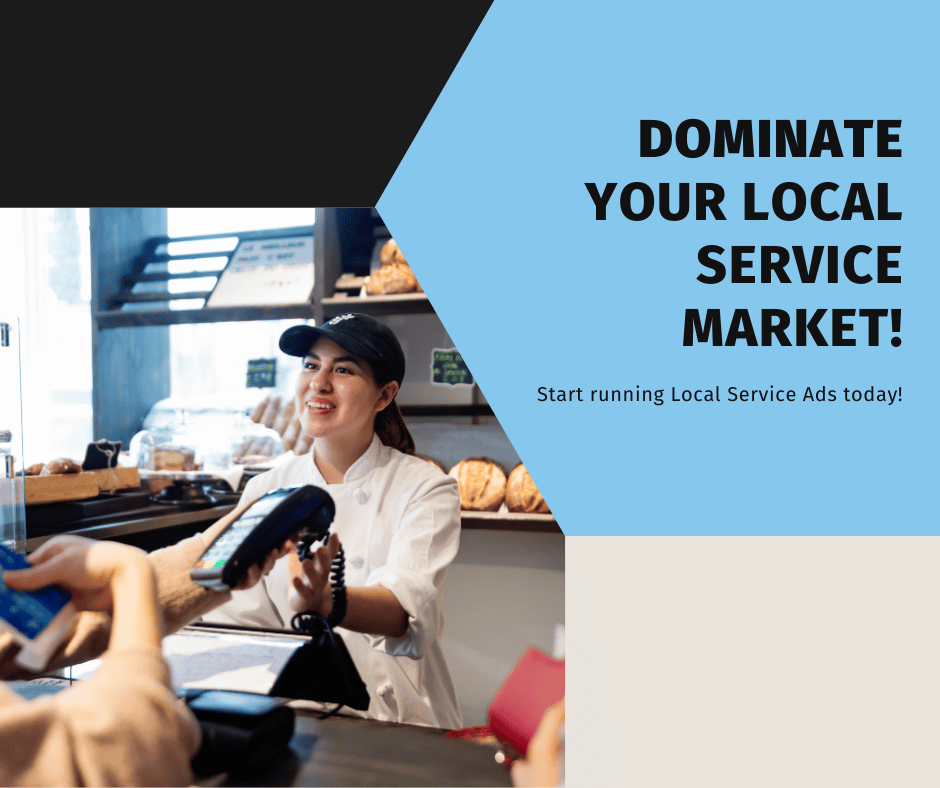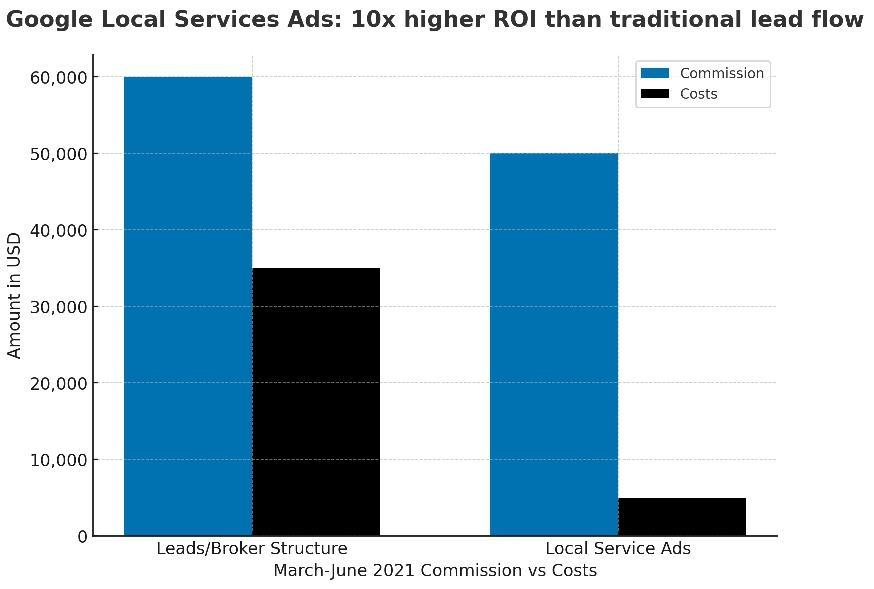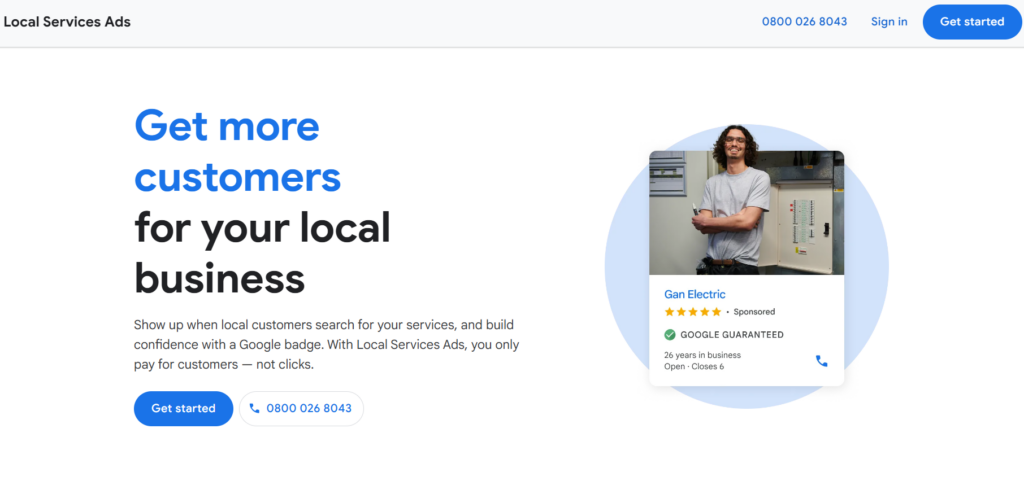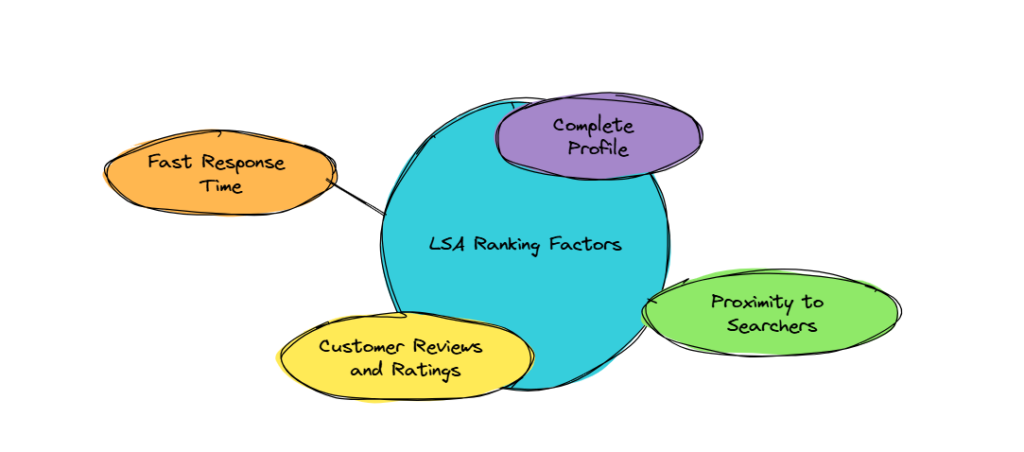GEO (Generative Engine Optimization): Mastering AI Search with the G.E.O.D.A.T.A. Framework
Caleb Turner
on
March 29, 2025
Generative Engine Optimization
Remember the good days of SEO? Where you could cram in a few related keywords into your website content and Google would (maybe) reward you with top-ranking glory?
These were simpler times, and now we unfortunately find ourselves waving goodbye to the simplicity of it all. These days, AI-driven search tools like those found in ChatGPT, Claude, and Perplexity are re-writing the playbook (or just setting it on fire).
For businesses, the SEO game has changed.
It’s not just businesses pulling their collective hair out over this. Searching online as a regular human being has turned into an Olympic-level patience test. You type a question into Google and rather than getting a helpful answer, you’re bombarded with ads masquerading as advice. Those of us who have recently made use of AI-driven search have discovered a little secret: AI can sometimes answer our questions better than Google ever could.
Welcome to the Future of Search (or How We All Lost Our Minds)
So, how do we fix this? Well, we don’t. Instead, we adapt to this new wave of search technology that’s fast becoming a survival strategy for brands that need to stay relevant.
Say hello to Generative Engine Optimization (GEO) — a new lifeline for traditional SEO experts feeling the sting of AI-driven search. GEO offers more than merely surviving the noise but allows your brand to stand out where it matters the most, with visibility that actually counts.
The G.E.O.D.A.T.A Framework from SEO Rank Media is a seven-step strategy that covers everything from ensuring bots can crawl your content to dealing with those AI “hallucinations” where facts go to die.
Instead of fighting the system, make it work for you. If you’re ready to drop the SEO tricks of yesterday and learn more about GEO, let’s get started.
The G.E.O.D.A.T.A. Framework
AI search platforms like ChatGPT, Claude, and Perplexity have opened up a whole new world for businesses to connect with audiences. Sounds great, right? But here’s the twist—this isn’t “business as usual” SEO anymore.
If your strategy is still clinging to Google SERPs like a security blanket, you’re already behind the curve.
That’s where the G.E.O.D.A.T.A. Framework comes in. Developed by SEO Rank Media, the framework gives your business a head start in the AI-driven search arena.
What makes the G.E.O.D.A.T.A. Framework different?
- Practical from Day One: Each step is clear and actionable—you can actually do something with it.
- Bigger Than AI Rankings: Sharpen your overall marketing game.
- Team-Friendly: Easy enough to explain to your boss, clients, or that one coworker who still doesn’t “get” AI.
Why Bother with a Framework?
The field is no longer about simply “ranking in Google.” Today’s search environment demands leadership and strategy. Brands need guidance to navigate:
- How to perform across multiple AI search platforms.
- What kind of content to produce to engage these platforms.
- Where and how to distribute content to maximize visibility.
The Steps of G.E.O.D.A.T.A.
The framework outlines a step-by-step process to align your content and search strategies with the AI-dominated world. Each step builds on the last to ensure your brand is positioned for success:
- Gather Intelligence – Know what’s happening in the AI search world.
- Evaluate Accessibility – Make sure bots can actually find your stuff (duh).
- Optimize Brand Presence – Be unforgettable, or at least noticeable.
- Develop Sentiment – Build a brand people (and AI) actually like.
- Analyze Competitors – See what’s working for them and learn.
- Target Data Sources – Be where the algorithms are pulling from.
- Answer Accurately – Deliver real answers, not fluff.
1. Gather Intelligence
Tools like ChatGPT and Claude are shaping the way people perceive your business, whether you’re aware of it or not. So, understanding how these AI platforms view your brand is a big deal. If AI gets it wrong, like misrepresenting your brand or offering answers that aren’t very accurate, you’re left with customers who are judging your offerings based on bad info.
So, how do these AI platforms know what to say about you? It all comes down to the data they have been trained on. AI pulls from all sorts of sources, including:
- Websites, blogs, and forums (including user-generated forums).
- Search Engine Results Pages(like Google.com)
- Social media chatter
- Structured datasets like Wikidata
- Specialized integrations like OpenAI’s via links like Microsoft.
Ai synthesizes all this information and uses it to generate answers. The quality of those answers depends heavily on the data available. If your brand isn’t well-represented, or worse, represented inaccurately, the AI delivers those misleading results—with confidence.
So the first step is simple: start asking questions. Fire up an AI tool like ChatGPT and test the waters with queries like:
- “What is [Your Brand]?
- “What does [Your Brand] offer?
- Is [Your Brand] trustworthy?”
Pay close attention. Does the AI accurately summarize your business? Are there outright inaccuracies?
Armed with these insights, you can identify where your messaging needs to improve and take steps to fix it. This isn’t guesswork, it’s actionable intelligence, and the very foundation of effective GEO.
2. Evaluate Accessibility
There’s been a lot of chatter lately about blocking AI from crawling websites—like letting bots read public information somehow equals grand theft data. Unless you’re sitting on government secrets (which shouldn’t really be public in the first place), blocking AI does more harm than good.
AI platforms use bots to crawl sites to get data for their models, the same way Google does. The difference is Google relies on structured indexing, and AI pulls data from a wider range of sources.
If you want to show up in AI search results, then you need to give these bots access to your page. It’s as simple as that.
Start by checking your robots.txt, the gatekeeper for bots. This file tells crawlers what they can and can’t access. Yes, it is smart to block some bots to save resources or secure sensitive areas, just make sure you’re not accidentally excluding AI too.
Tools to Test Bot Accessibility
- User Agent Switcher: This Google Chrome extension mimics different bot user agents and tests how your site responds.
- Manually Check robots.txt: Append /robots.txt to your domain (e.g., yourdomain.com/robots.txt) to see what’s blocked and allowed.
- Known User Agents: Look for these examples to make sure your website is letting in the right bots:
- GPTBot: Mozilla/5.0 AppleWebKit/537.36 (KHTML, like Gecko); compatible; GPTBot/1.1
- ClaudeBot: Mozilla/5.0 AppleWebKit/537.36 (KHTML, like Gecko); compatible; ClaudeBot/1.0
- Anthropic AI Bot: Mozilla/5.0 (compatible; anthropic-ai/1.0)
A full and updated list of these user agent strings can be found on DataDome.
3. Optimize Brand Presence
It’s likely you’re no stranger to how important brand presence is when it comes to SEO. AI platforms pull all of the information they find online and use it to understand and then represent your business when a user searches for it.
If your messaging is long-winded, vague, inconsistent, or missing, you’re risking misrepresentation, or worse, being completely ignored.
Your landing pages need a very frank and straightforward brand statement that answers the basics:
- Who you are: “[Your brand] leads the way in sustainable home goods.”
- What you do: “We create eco-friendly furniture for modern living.”
- Why you’re different: “Our designs combine style, sustainability, and affordability.”
Make sure this messaging is everywhere AI platforms might be looking. Put it on your website, LinkedIn, and social media, and review responses as AI will draw answers from a multitude of sources.
Consistency is what gets your brand represented the way you want, and not as some random mashup of outdated info. Set the record straight before anyone can even get the wrong idea.
4. Develop Sentiment
AI platforms don’t just pull out the facts, they piece together a brand’s overall vibe from an array of sources: forums, reviews, and social media. The catch is that bad press tends to stick around like gum on a shoe.
Take AT&T, for example: ask ChatGPT about their reliability as a service provider and you’ll likely hear all about their 2024 outage alongside mentions of their reliability. Ouch.
Now, compare that to CrowdStrike. Despite their infamous broken Windows update causing probably the biggest global IT outage in history, you won’t see AI harping on it.
Why? They have absolutely mastered sentiment management, strategically flooding the digital space with positive content and well-managed review responses that overshadow their epic blunder.
If you want AI to focus on your wins, start by testing how platforms portray your brand. Ask questions like “Is [Your Brand] reliable?” Spot the negatives and tackle them head-on with corrective content.
Strong sentiment GEO means when people search for your brand, they see your strengths and not your stumbles.
5. Analyze Competitors
Keeping tabs on your competitors in the SEO world is a necessary evil, but with AI, it becomes a whole lot easier to see just where your business could sit in rankings.
AI rankings heavily influence user decisions, especially for the juicy middle-of-funnel searches like “Best in [location]” or “Top providers for [service].” Having an understanding of how your business stacks up against the competition reveals where you can step up your game, be more visible, and take your place in the share of the market.
Start by identifying the key competitive queries that are relevant to your industry. AI tools like ChatGPT make this quite easy, but for the best results, use a GEO service like SEO Rank Media to map out how competitors are ranking.
With this intel, it’s time to take action. Create content that answers these questions better than anyone else. Use clear, direct language, highlight your benefits, and make sure your expertise comes through in a specific way AI platforms recognize.
The goal here is to make sure your brand is the obvious choice for these searches.
6. Target Data Sources
Image: Pexels
AI platforms don’t just make things up (well, most of the time), they draw from trusted data sources like LinkedIn, GitHub, and even Reddit to create their responses. If you want your brand to show up in those results, you need to meet AI where it’s looking.
Here are a few ways you can improve your visibility:
- Publish technical content on GitHub: This platform is a favorite for technical queries, so it’s perfect for showcasing your expertise in a concrete, credible way.
- Share insights on LinkedIn: As a part of Microsoft’s ecosystem, LinkedIn is practically a VIP source for professional and industry-specific content.
- Have some fun on Reddit: Claude and ChatGPT crawl Subreddits to gain community-driven perspectives. Join in on relevant discussions in an informational (not sales) way to boost your authenticity.
Get strategic in the way you place content and you’ll ensure your brand’s voice is part of the AI conversation.
7. Answer Accurately
AI “hallucinations” aren’t as fun as they sound. These occur when AI platforms respond with incorrect or misleading information that is so confident it would give ToastMasters a run for their money. Basically, they’re not something you want to happen when someone uses AI to look up your offerings.
The GEO fix for this issue is to create well-structured and relevant FAQ pages that answer critical questions like:
- “Does [Brand] ship internationally?”
- “How does [Brand] handle refunds?”
- “What services does [Brand] Provide?”
Here’s some proof in the pudding. Taking a look at Ancestry.com’s FAQ page, you can see they have answered commonly asked questions about their service, with one being what do the results tell me?
Jumping onto ChatGPT and asking the question “What do my ancestry.com results tell me?” yields a result that was quite clearly taken from this FAQ page.
Understanding your audience helps here. You need to know what kind of questions they’re likely going to be typing into an AI search engine and give straightforward and simple answers to them on your website’s FAQ page.
The payoff will be fewer opportunities for hallucinations and a more accurate representation of your business in AI-generated results.
Why GEO is the Way Forward
Let’s be honest: AI search has turned SEO into a wild roller coaster. One minute, you’re impressed by ChatGPT’s ability to summarize complex topics; the next, it’s confidently claiming your brand sells banana-flavored widgets (which, of course, you don’t).
Staying ahead feels like having to learn SEO all over again, but it doesn’t have to.
With SEO Rank Media and the G.E.O.D.A.T.A. Framework, you’ve got a reliable roadmap to tame the chaos and put your brand back in the spotlight. It’s your chance to future-proof your digital strategy, outsmart AI’s quirks, and thrive in this unpredictable search landscape.
Ready to take charge? Let SEO Rank Media help you GEO your way to success.

